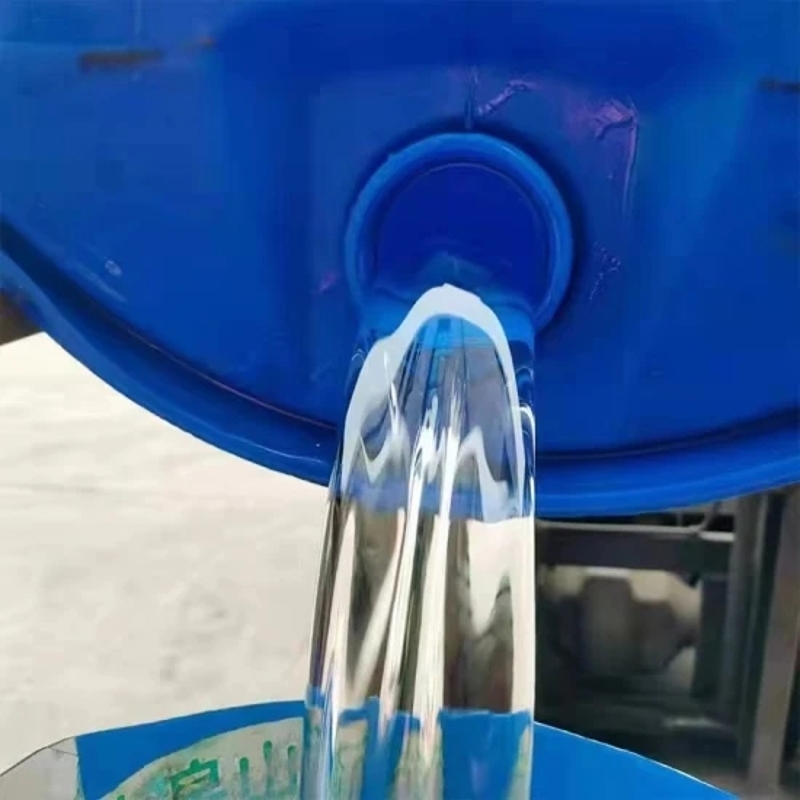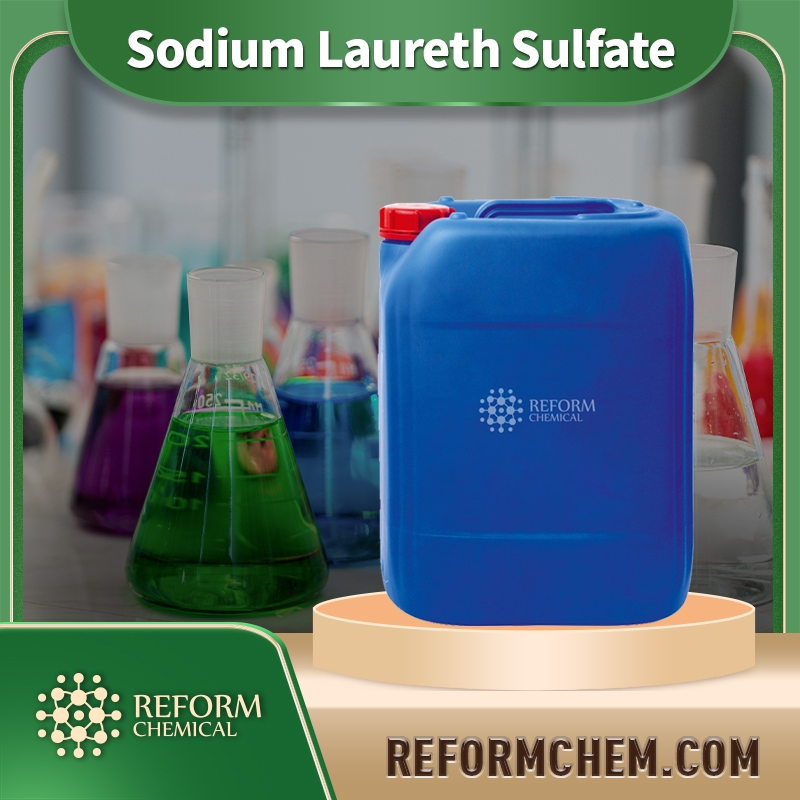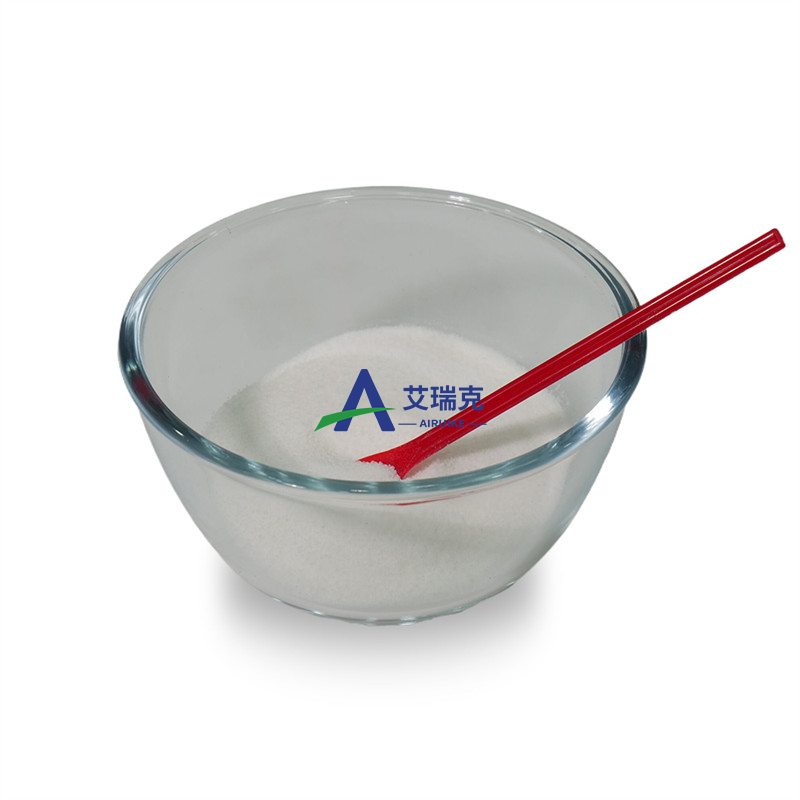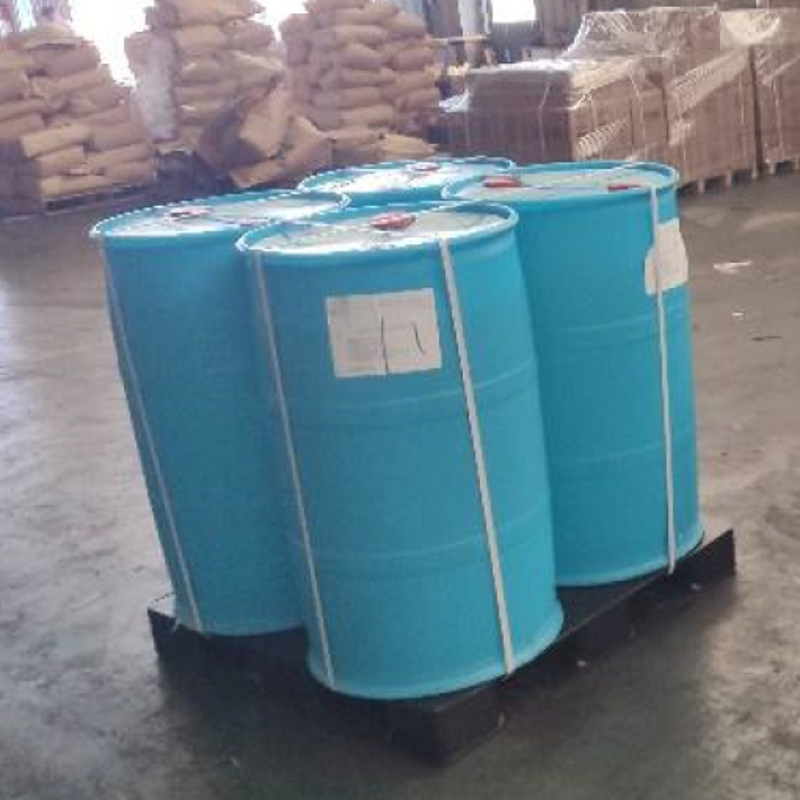Cosmetic Ingredient
- • Abrasive (124)
- • Absorbent (84)
- • Anticaking (66)
- • Anticorrosive (25)
- • Antifoaming (19)
- • Antimicrobials (290)
- • Antioxidant Ingredient (393)
- • Antiperspirant (20)
- • Antiplaque (48)
- • Anti-seborrheic (38)
- • Anti-sebum (39)
- • Antistatic (458)
- • Astringent (162)
- • Binding Agent (172)
- • Bleaching Agent (53)
- • Buffering (191)
- • Bulking (109)
- • Chelating (122)
- • Cleansing (679)
- • Cosmetic Colorant (212)
- • Cosmetic Preservative (158)
- • Denaturant (45)
- • Deodorant (98)
- • Depilatory (27)
- • Dissolving Agent (298)
- • Emollient (795)
- • Emulsifying Agent (480)
- • Emulsion Stabilising (154)
- • Exfoliating (19)
- • Film Forming (299)
- • Flavouring (72)
- • Foam Boosting (161)
- • Foaming (101)
- • Fragrance Ingredient (726)
- • Gel Forming (19)
- • Hair Conditioning (670)
- • Hair Dyeing (363)
- • Hair Fixing (36)
- • Hair Waving or Straightening (45)
- • Humectant (282)
- • Hydrotrope (92)
- • Keratolytic (20)
- • Light Stabilizer (80)
- • Moisturising Agent (50)
- • Nail Conditioning (42)
- • Occlusive (20)
- • Opacifying (119)
- • Oral Care (123)
- • Oxidising (19)
- • Perfuming (2105)
- • Plasticiser (98)
- • Propellant (19)
- • Reducing (50)
- • Refatting (12)
- • Refreshing (26)
- • Skin Cleansing (388)
- • Skin Conditioning (1751)
- • Skin Humectant (21)
- • Skin Protecting (282)
- • Smoothing (31)
- • Soothing (71)
- • Tonics (155)
- • UV Filter (34)
- • Viscosity Controlling (532)
Chemicals as Skincare Ingredients
Related News
Foaming
sodium laureth-4 carboxylate
(38975-03-0)-
![SODIUM LAURETH-5 CARBOXYLATE buy SODIUM LAURETH-5 CARBOXYLATE]()
Industrial Grade / 99.00%
-
![SODIUM LAURETH-5 CARBOXYLATE buy SODIUM LAURETH-5 CARBOXYLATE]()
-
![SODIUM LAURETH-5 CARBOXYLATE buy SODIUM LAURETH-5 CARBOXYLATE]()
-
![SODIUM LAURETH-5 CARBOXYLATE buy SODIUM LAURETH-5 CARBOXYLATE]()
Industrial Grade / 99%
Request for quotation , get quotes from more suppliers.
Poly(oxy-1,2-ethanediyl), α-sulfo-ω-hydroxy-, C10-16-alkyl ethers, sodium salts
(68585-34-2)-
Cosmetics Raw Material Beauty / 70%
$876-1094/MT FOB
-
Cosmetics Grade / -
-
Cosmetics Grade / 70%
-
Cosmetics Grade / 70%
$760-807.5/MT FOB
Polyoxyethylene lauryl ether sodium sulfate
(9004-82-4)-
Cosmetics Grade / 70%
$1400-1500/MT FOB
-
Cosmetics Grade / -
-
Cosmetics Grade / 99%
-
Best Grade / 99%
Request for quotation , get quotes from more suppliers.
Poly(oxy-1,2-ethanediyl), α-sulfo-ω-hydroxy-, C12-14-alkyl ethers, sodium salts
(68891-38-3)-
Cosmetics Grade / 99%
-
Cosmetics Grade / 70%
$800-1000/MT FOB
-
Cosmetics Grade / 70%
-
Industrial Grade / 70%
$850-900/MT EXW
Request for quotation , get quotes from more suppliers.
-
Cosmetics Grade / 99%
-
Cosmetics Grade / 70%
$5000-6000/MT EXW
-
Industrial Grade / 99%
$1-1.1/MT FOB
-
Industrial Grade / 99%
$0.1-0.11/G FOB
Request for quotation , get quotes from more suppliers.
Source Foaming Products Supply
Sodium dodecyl sulfate
(151-21-3)-
Cosmetics Grade / 99%
-
Cosmetics Grade / 93%
-
Industrial Grade / 99%
-
Industrial Grade / 99%
-
Pharmacy Grade / 99%
-
![Ethanol, 2-(2-ethoxyethoxy)-, 2''-[(C12-15-branched and linear alkyl)oxy] derivs., hydrogen sulfates, sodium salts buy Ethanol, 2-(2-ethoxyethoxy)-, 2''-[(C12-15-branched and linear alkyl)oxy] derivs., hydrogen sulfates, sodium salts]()
Industrial Grade / 99%
-
![Ethanol, 2-(2-ethoxyethoxy)-, 2''-[(C12-15-branched and linear alkyl)oxy] derivs., hydrogen sulfates, sodium salts buy Ethanol, 2-(2-ethoxyethoxy)-, 2''-[(C12-15-branched and linear alkyl)oxy] derivs., hydrogen sulfates, sodium salts]()
-
![Ethanol, 2-(2-ethoxyethoxy)-, 2''-[(C12-15-branched and linear alkyl)oxy] derivs., hydrogen sulfates, sodium salts buy Ethanol, 2-(2-ethoxyethoxy)-, 2''-[(C12-15-branched and linear alkyl)oxy] derivs., hydrogen sulfates, sodium salts]()
Industrial Grade / 99%
Request for quotation , get quotes from more suppliers.
Ammonium lauryl sulfate
(2235-54-3)-
- / 70%
-
- / 0.00%
-
Pharmacy Grade / 0%
-
Industrial Grade / 99%
Request for quotation , get quotes from more suppliers.
D-Glucopyranose, oligomeric, decyl octyl glycosides
(68515-73-1)-
Cosmetic Grade / 50%
-
Cosmetics Grade / -
-
Cosmetic Grade / 60%
-
Cosmetics Grade / -
Request for quotation , get quotes from more suppliers.
-
Industrial Grade / 99%
-
Industrial Grade / 99%
-
- / 0.00%
-
- / 99.00%
Request for quotation , get quotes from more suppliers.
More Information
Foaming agents function by reducing the surface tension of liquids, enabling the formation of bubbles and foam when the product is agitated or applied.
When foaming agents are introduced into formulations, they work to lower the surface tension of the liquid, allowing air to become trapped within the solution, resulting in the formation of bubbles and foam. This creates a pleasing sensory experience during product application, enhancing the perception of cleanliness.
In cosmetic foaming agents are used in:
•Facial cleansers
•Body washes
•Shaving creams










































